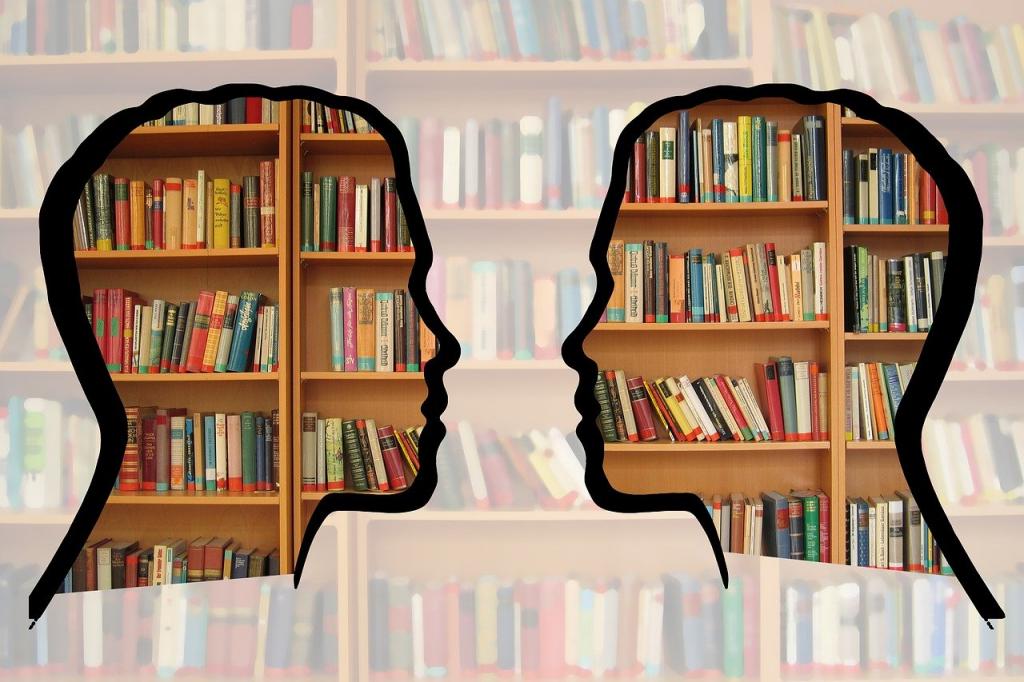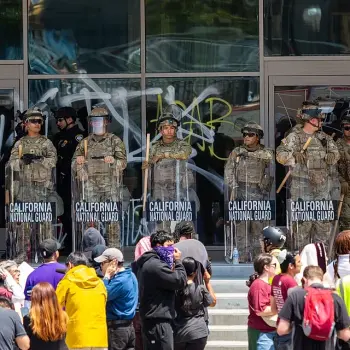Why do some of us believe in climate change as a looming disaster and some of us don’t? Why do some people trust in vaccines and other people don’t? Why do many Democrats believe that President Trump staged an insurrection to overthrow the government, while many Republicans believe that President Biden did the same thing by stealing the election?
It isn’t just a matter of reason and evidence. Pure objective reflection may resolve some issues, but, in practice, it rarely does. Atheists invoke Reason as the basis for their beliefs and disbeliefs. And yet they don’t believe the Reason of St. Thomas Aquinas or apologist William Lane Craig. Conversely, for most of us Christians, the various arguments against our faith have little effect. As J. G. Hamann said to his rationalistic friends who tried to talk him out of his conversion to Christianity, it wasn’t reason that led me to Christ, so it is unlikely to lead me away from Him.
And even on those lesser issues, there is often a rational, evidentiary case that can be made on both sides. But climate change skeptics don’t find the climate alarmists’ claims plausible, and vice versa. Contrary to the saying, people do have different facts.
This is not to say that truth is relative or that reason doesn’t work or that persuasion isn’t possible. It’s just that, in the real world, believing and not believing are complicated.
So I appreciate Timothy Dalrymple’s article in Christianity Today entitled The Splintering of the Evangelical Soul. As the president of that leading Christian magazine–who took a big hit from readers for editorializing against Trump–Dalrymple is wrestling with the current divisions among evangelical Christians–not just over theology, but between Trump and anti-Trump, vacciners and anti-vaxers, and all of the other fights over race, gender, sexuality that are tearing many churches and even families apart.
In the course of his discussion, Dalrymple–who was previously an executive with Patheos–draws on the work of the late Lutheran social scientist Peter Berger, who has analyzed the relationship between what he called the plausibility curve and the information curve.
Read Dalrymple’s article for the full explanation, but, briefly,
What determines the plausibility of a given claim is how well it conforms to what an individual experiences, already believes, and wants to believe. The full range of a person’s beliefs is rather like a photomosaic (see an example here): Thousands of experiences and perceptions of reality are joined together, and out of those thousands emerge larger patterns and impressions, higher-order beliefs about the nature of reality, the grand narratives of history, the nature of right and wrong, good and evil, and so forth. Attempts to change a single belief can feel fruitless when it is embedded in countless others. Where does one begin to address a thousand interlocking disagreements at once? Evidence to the contrary is almost irrelevant when a claim “fits” with an entire network of reinforcing beliefs. This is part of what gives a plausibility curve its enduring strength and resistance to change.
People with bad experiences with the government–or with the church–are unlikely to believe it. They will tend to find it “implausible.”
The plausibility curve is complemented by the information curve:
Imagine a mirror-image bowl above the plausibility curve. This is the information curve, and it reflects the individual’s external sources of information about the world—such as communities, authorities, and media. Those sources in the center of the information curve are deemed most trustworthy; claims that come from these sources are accepted almost without question. Sources of information on the outer ends of the bowl are considered less trustworthy, so their claims will be held up to greater scrutiny. Sources outside the curve entirely are, at least for this individual, so lacking in credibility that their claims are dismissed out of hand.
Our beliefs can change as our experiences change, or as we find new authorities that we find trustworthy, or as events happen that change our perspective.
Dalrymple finds the splintering of evangelicalism–to which we could add the larger splintering of Americans as a whole–in the fact that we have a crisis in all three of “our external sources of information about the world.”
We don’t trust the media any more. This is true of both conservatives and progressives. There is no commonly-accepted media, but our information technology allows a proliferation of information sources. So we find our own media, sources that we already agree with, online or in social media. Thus, we coalesce into mutually-uncomprehending tribes.
We don’t trust our “authorities” any more. We have become extremely cynical about politicians. And in the religious sphere, so many prominent leaders and pastors have fallen due to sex scandals and other kinds of corruption that Christians are widely disillusioned. To be sure, we might glom onto one politician or preacher, as other people glom onto other politicians or preachers, but there is little common ground.
And, for the most part, we aren’t parts of communities anymore. This is true of our sense of belonging to where we live, to our citizenship in the nation–both conservatives and progressives can sound very anti-American–and to our churches, some of which have become large and impersonal and some of which have become tiny and isolated. Instead, we turn to “virtual communities,” populated by “virtual friends” whom we have never met.
That’s my version of what he says. Again, read the
article. Dalrymple thinks the church can restore its old consensus by rebuilding a sense of community, recovering Godly leadership (as opposed to celebrity), and nurturing a “healthy media ecosystem.” That would seem to apply also to our political and cultural fractures.
All of that is easier said than done, of course.
Another thing that could happen is that our whole plausibility paradigms might come crashing down like a house of cards. Whether because of some disaster, some calamity worse than COVID such as a war, a depression, or an utter breakdown of social order. Or, in the religious sphere, because God breaks in and reorders our lives.














